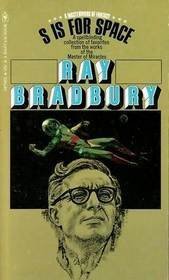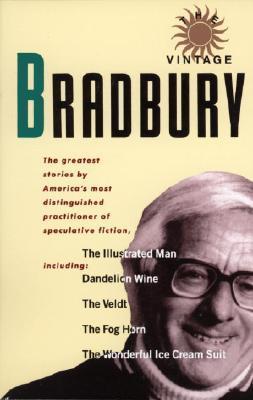
The Golden Apples of the Sun
Book Description
A shimmering vision of possibilities unfolds in Ray Bradbury's "The Golden Apples of the Sun," where haunting tales dance between the mundane and the extraordinary. Journey through worlds where the future merges with the past, and the ordinary morphs into the bizarre. With each story, characters grapple with deep-seated dreams and insatiable curiosities, forcing them to confront their deepest fears and desires. Every page crackles with tension and wonder, as humanity’s most profound relationships are tested against the backdrop of time and space. What secrets lie in the shadows, waiting to be uncovered?
Quick Book Summary
"The Golden Apples of the Sun" by Ray Bradbury is a mesmerizing collection of short stories, blending science fiction, fantasy, horror, and the poignant everyday. In this anthology, Bradbury masterfully crafts tales that illuminate the wonders and perils inherent in human curiosity, longing, and imagination. Characters encounter strange phenomena, travel to distant worlds, and face the fantastical in the midst of the familiar. Each story is a meditation on the fragile boundaries between reality and dreams, and the tension between fear and hope. Through poetic prose and vivid imagery, Bradbury explores universal themes such as the drive to explore, the loss of innocence, the complexities of relationships, and the mysteries lurking in the shadows of daily life.
Summary of Key Ideas
Table of Contents
The Allure and Danger of Curiosity
Bradbury’s stories weave together a singular vision: humanity’s insatiable curiosity leads both to moments of transcendence and peril. In tales like the titular "The Golden Apples of the Sun," characters embark on missions to capture wonders beyond human comprehension, such as harvesting the fiery surface of the Sun itself. These quests are driven by the hope of gaining knowledge and the thrill of the unknown, reminding readers that curiosity is both a gift and a danger. The stories invite us to contemplate the costs and rewards of pushing past established boundaries.
Longing and the Search for Meaning
Longing, both personal and cosmic, plays a central role. Many characters yearn for connection, understanding, or unattainable experiences. Bradbury explores the ache of lost innocence and the strain of unfulfilled desire, whether through lovers separated by fate or individuals struggling to recapture moments of wonder from their childhoods. The search for meaning frequently collides with the limits of human understanding, creating poignant tension and a sense of melancholy throughout the collection.
The Ordinary Rendered Extraordinary
Bradbury excels at transforming the mundane into the marvelous. Everyday settings—a kitchen, a street corner, a small town—become backdrops for supernatural occurrences. By infusing these ordinary spaces with elements of the strange and fantastical, Bradbury forces readers to reconsider their perceptions of reality. Even in familiar environments, the extraordinary always lurks around the corner, suggesting magic is embedded in the routines of daily life if only we look closely enough.
Fear, Desire, and the Human Condition
Themes of fear and desire are intricately intertwined. Bradbury’s characters are often driven by desires that flirt dangerously with obsession: the urge to know, to possess, to transcend mortal limits. These compulsions can lead to disaster or revelation, compelling characters to confront what truly frightens or motivates them. Through shadowy figures, ominous landscapes, and eerie twists, Bradbury explores how our deepest fears and most fervent hopes are two sides of the same coin.
The Fragility of Reality
Underlying each story is a subtle examination of reality’s fragility. Bradbury blurs the line between dream and wakefulness, fact and fiction, reminding us how perception shapes experience. The collection closes with a sense of ambiguity—no resolution is absolute, and each narrative leaves a lingering question. This uncertainty reinforces the idea that reality is always more complex than it appears, and that embracing the unknown may be humanity’s greatest challenge and privilege.
Download This Summary
Get a free PDF of this summary instantly — no email required.





